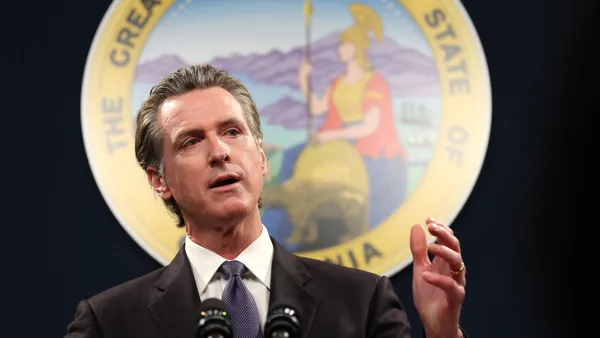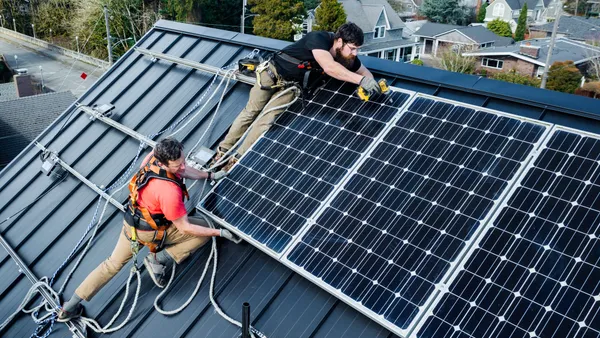Amid a global buildout of energy storage resources, the Inflation Reduction Act will drive the development of an additional 30 GW/111 GWh from 2022 to 2030, according to BloombergNEF.
The law, passed in August, provides $369 billion for clean energy, including incentives for storage, wind and solar. Analysts warn, however, there may be barriers to immediate development.
“While the new tax credit policy supports more growth based on BNEF’s long-term forecast, supply chain constraints cloud deployment expectations until 2024,” the firm said.
Globally, energy storage capacity will reach a cumulative 411 GW/1,194 GWh by the end of 2030, or about 15 times the installed capacity at the end of 2021, BNEF said. Its storage market outlook for the second half of 2022, published Wednesday, included about 13% more capacity over previous estimates, “driven by recent policy developments,” with the U.S. clean energy spending law the most significant.
Together, the European Union’s plan to reduce its reliance on Russian gas exports and the IRA were the most notable drivers that added about 46 GW/145 GWh to BNEF’s storage outlook, it said.
In total, BNEF estimates 387 GW/1,143 GWh of energy storage will come online globally by the end of 2030.
“The US and China are set to remain the two largest markets, representing over half of global storage installations by the end of the decade,” BNEF said. “Europe, however, is catching up with a significant ramp-up in capacity fueled by the current energy crisis.”
Amid the storage buildout, prices are reversing years of declines.
Global battery prices for electric vehicles and storage are expected to rise slightly this year, to an average of $135/kWh, BNEF said in July. The assessment blamed supply chain issues and the rising cost of metals like lithium, cobalt and nickel.















